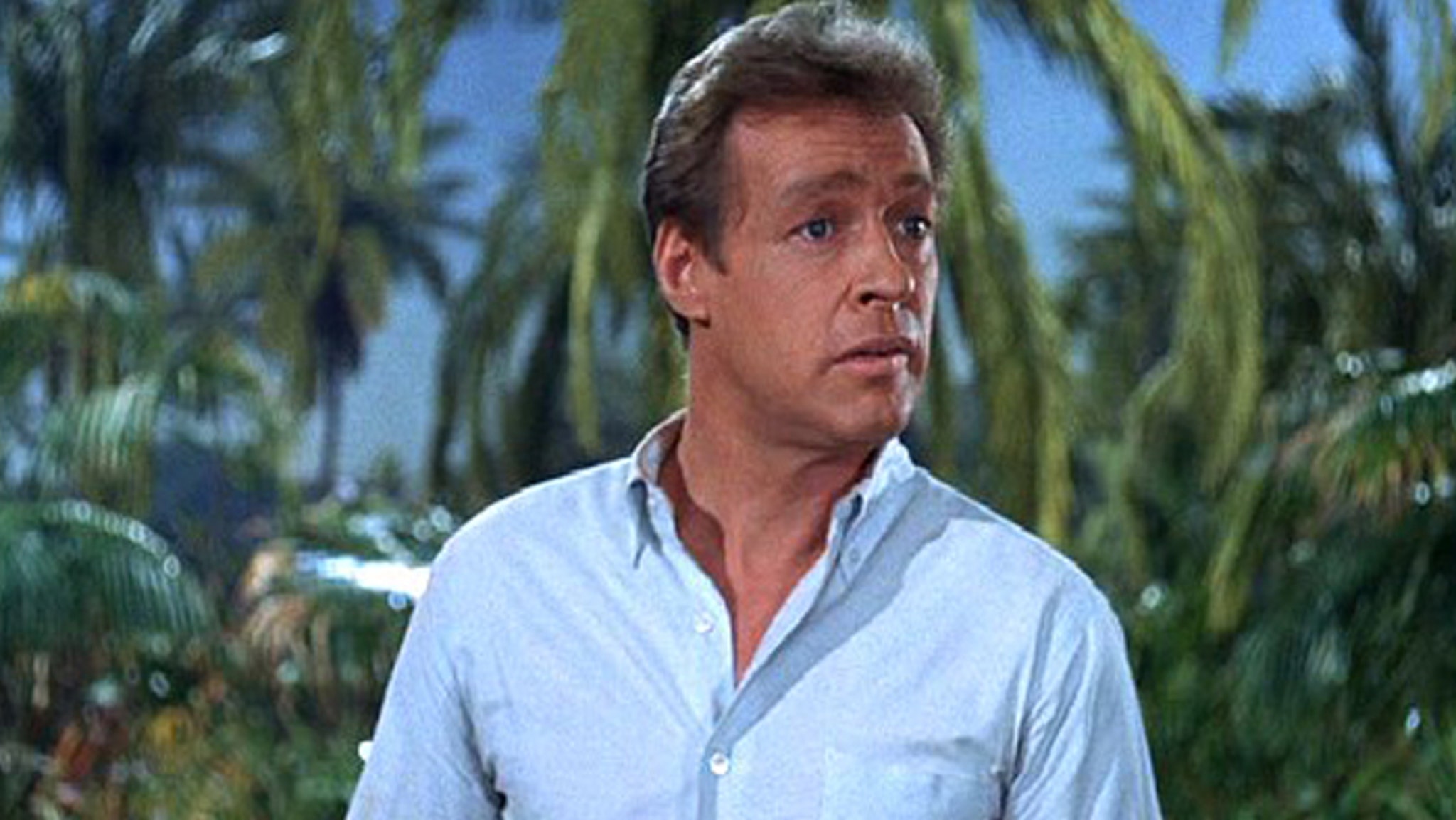Obama/Biden cleaned up the mess that Bush and Dick Cheney left behind. You make it seem that Bush43 cleaned up his own mess. I don't believe that to be the case. All you have to do is read the time line of your wiki link (don't tell that to Lexus Lover he is always critical of me when I quote from wiki) LOL.
Let's see what you got Captain.
Originally Posted by adav8s28
you mean the mess slick willie blythe lit the fuse on. like many other things young padawan .. you seem lacking on facts.
under who's watch did HUD mandate more minority lending? slick willie blythe. that fuse took about 10 years to blow up in the Government's face. the bailout ... was really the Government bailing themselves out over their "woke" lending policy at HUD.
"HUD stuck with an outdated policy that
allowed Freddie Mac and Fannie Mae to count billions of dollars they invested in subprime loans as a public good that would foster affordable housing."
How HUD Mortgage Policy Fed The Crisis
https://www.washingtonpost.com/wp-dy...060902626.html
By Carol D. Leonnig
Washington Post Staff Writer
Tuesday, June 10, 2008
In 2004, as regulators warned that subprime lenders were saddling borrowers with mortgages they could not afford, the U.S. Department of Housing and Urban Development helped fuel more of that risky lending.
Eager to put more low-income and minority families into their own homes, the agency required that two government-chartered mortgage finance firms purchase far more "affordable" loans made to these borrowers. HUD stuck with an outdated policy that allowed Freddie Mac and Fannie Mae to count billions of dollars they invested in subprime loans as a public good that would foster affordable housing.
Housing experts and some congressional leaders now view those decisions as mistakes that contributed to an escalation of subprime lending that is roiling the U.S. economy.

The agency neglected to examine whether borrowers could make the payments on the loans that Freddie and Fannie classified as affordable. From 2004 to 2006, the two purchased $434 billion in securities backed by subprime loans, creating a market for more such lending. Subprime loans are targeted toward borrowers with poor credit, and they generally carry higher interest rates than conventional loans.
Today, 3 million to 4 million families are expected to lose their homes to foreclosure because they cannot afford their high-interest subprime loans. Lower-income and minority home buyers -- those who were supposed to benefit from HUD's actions -- are falling into default at a rate at least three times that of other borrowers.
"For HUD to be indifferent as to whether these loans were hurting people or helping them is really an abject failure to regulate," said Michael Barr, a University of Michigan law professor who is advising Congress. "It was just irresponsible."
Congress is expected to vote before its Fourth of July recess on legislation that would strip HUD of its regulatory authority over Fannie and Freddie and give it to a stronger regulator.
Fannie and Freddie finance about 40 percent of all U.S. mortgages, with $5.3 trillion in outstanding debt. Owned by private shareholders but chartered by Congress, they are exempt from state and local taxes and receive an estimated $6.5 billion-a-year federal subsidy because they can borrow money more cheaply than other investors. In return, they are expected to serve "public purposes," including helping to make home buying more affordable.
HUD officials dispute allegations that the agency encouraged abusive lending and sloppy underwriting standards that became the hallmark of the subprime industry. Spokesman Brian Sullivan said the agency and Congress wanted to increase homeownership among underserved families and could not have predicted that subprime lending would dominate the market so quickly.
"Congress and HUD policy folks were trying to do a good thing," he said, "and it worked."
Since HUD became their regulator in 1992, Fannie and Freddie each year are supposed to buy a portion of "affordable" mortgages made to underserved borrowers. Every four years, HUD reviews the goals to adapt to market changes.
I
n 1995, President Bill Clinton's HUD agreed to let Fannie and Freddie get affordable-housing credit for buying subprime securities that included loans to low-income borrowers. The idea was that subprime lending benefited many borrowers who did not qualify for conventional loans. HUD expected that Freddie and Fannie would impose their high lending standards on subprime lenders.
Banks typically back prime loans with customers' deposits. But subprime lenders often rely on money from Wall Street investors
, who buy packages of loans as investments called mortgage-backed securities.
In 2000, as HUD revisited its affordable-housing goals, the housing market had shifted. With escalating home prices, subprime loans were more popular. Consumer advocates warned that lenders were trapping borrowers with low "teaser" interest rates and ignoring borrowers' qualifications.
HUD restricted Freddie and Fannie, saying it would not credit them for loans they purchased that had abusively high costs or that were granted without regard to the borrower's ability to repay. Freddie and Fannie adopted policies not to buy some high-cost loans.
That year, Freddie bought $18.6 billion in subprime loans; Fannie did not disclose its number.

In 2001, HUD researchers warned of high foreclosure rates among subprime loans.
"Given the very high concentration of these loans in low-income and African American neighborhoods, the growth in subprime lending and resulting very high levels of foreclosure is a real cause for concern," an agency report said.
But by 2004, when HUD next revised the goals, Freddie and Fannie's purchases of subprime-backed securities had risen tenfold. Foreclosure rates also were rising.
That year, President Bush's HUD ratcheted up the main affordable-housing goal over the next four years, from 50 percent to 56 percent. John C. Weicher, then an assistant HUD secretary, said the institutions lagged behind even the private market and "must do more."
For Wall Street, high profits could be made from securities backed by subprime loans. Fannie and Freddie targeted the least-risky loans. Still, their purchases provided more cash for a larger subprime market.
"That was a huge, huge mistake," said Patricia McCoy, who teaches securities law at the University of Connecticut. "That just pumped more capital into a very unregulated market that has turned out to be a disaster."
In 2003, the two bought $81 billion in subprime securities. In 2004, they purchased $175 billion -- 44 percent of the market. In 2005, they bought $169 billion, or 33 percent. In 2006, they cut back to $90 billion, or 20 percent. Generally, Freddie purchased more than Fannie and relied more heavily on the securities to meet goals.
"The market knew we needed those loans," said Sharon McHale, a spokeswoman for Freddie Mac. The higher goals "forced us to go into that market to serve the targeted populations that HUD wanted us to serve," she said.






 You do not know what you are talking about.
You do not know what you are talking about. 